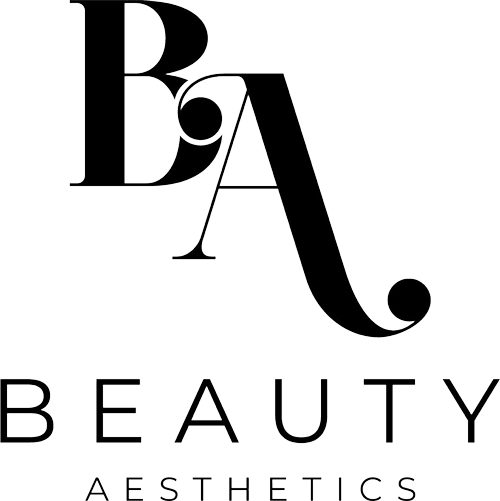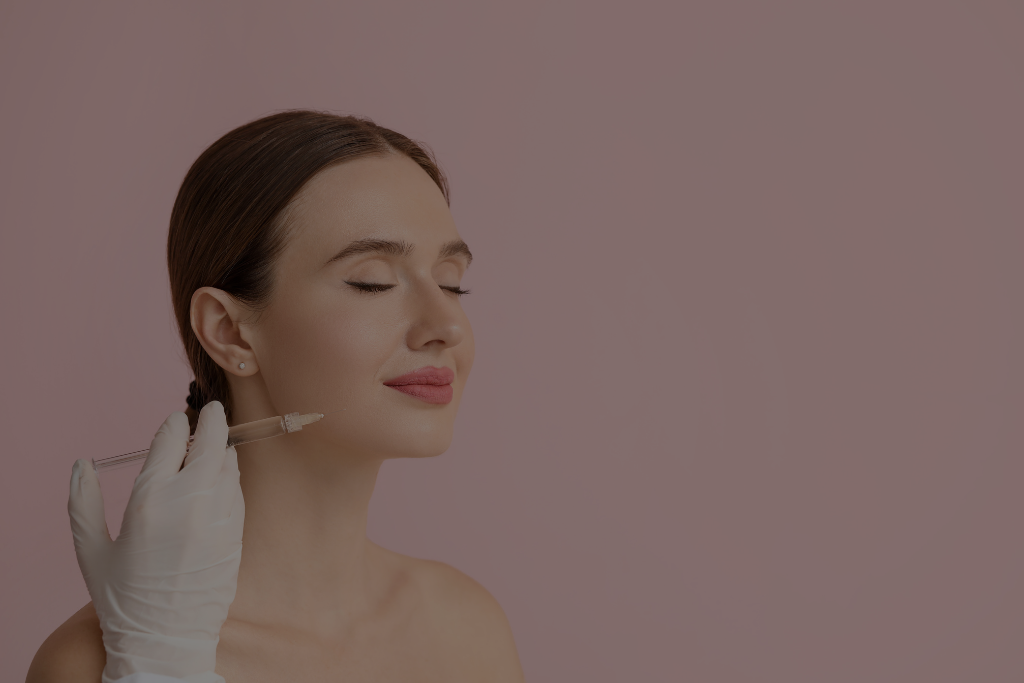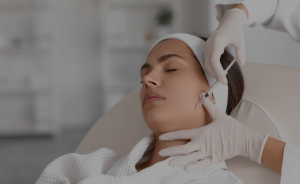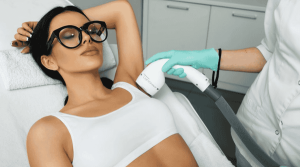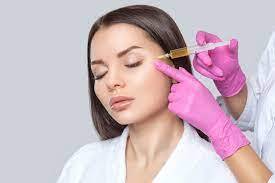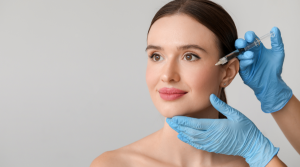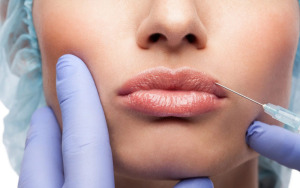When it comes to achieving a youthful appearance without undergoing cosmetic surgeries, injectable treatments have revolutionized the aesthetic landscape. Botox and facial fillers stand as the two most popular options for those looking to minimize signs of facial aging and enhance facial contours—yet many people don’t fully understand the crucial differences between these treatments. These non-surgical solutions address different aspects of aging: while one works by relaxing facial muscles that cause expression lines, the other restores lost volume and fills deep wrinkles. At Beauty Aesthetics, Toronto, we believe that understanding these distinctions is essential for achieving your aesthetic goals. This comprehensive guide will explore the differences between Botox and facial fillers, their unique benefits, potential side effects, and help you determine which option—or combination—might be right for your specific concerns.
Understanding Botox
What Is Botox?
Botox is a purified form of botulinum toxin, a neurotoxic protein produced by the bacterium Clostridium botulinum. When injected in small, controlled amounts, Botox temporarily blocks nerve signals to targeted muscles, reducing their ability to contract and thereby softening the appearance of wrinkles caused by repeated facial expressions.
How Botox Works
Unlike dermal fillers that add volume beneath the skin, Botox works by temporarily paralyzing or weakening the facial muscles responsible for creating dynamic wrinkles. By preventing muscle movement in specific areas, Botox smooths existing lines and prevents new ones from forming when making facial expressions.
Areas Commonly Treated with Botox
Botox is FDA-approved for treating several specific areas:
- Forehead lines and forehead wrinkles
- Frown lines between eyebrows (glabellar lines)
- Crow’s feet around the eyes
- Gummy smile correction
- Vertical lines around the mouth (with careful technique)
Medical Uses of Botox
While widely known for cosmetic purposes, Botox is also used to treat various medical conditions including:
- Excessive sweating (hyperhidrosis)
- Chronic migraines
- Muscle spasms
- Certain eye disorders
- Overactive bladder
Understanding Facial Fillers
What Are Dermal Fillers?
Dermal fillers (also called facial fillers or soft tissue fillers) are injectable gel-like substances designed to restore volume, smooth lines, and enhance facial contours. Unlike Botox, fillers physically “fill” the area under the skin to replace lost volume or augment existing features.
How Fillers Work
Dermal filler injections work by adding volume beneath the skin, effectively filling in deep lines, enhancing shallow contours, and replacing lost facial volume. The materials in fillers support the skin’s structure and stimulate collagen production in some cases, providing both immediate and long-term improvements.
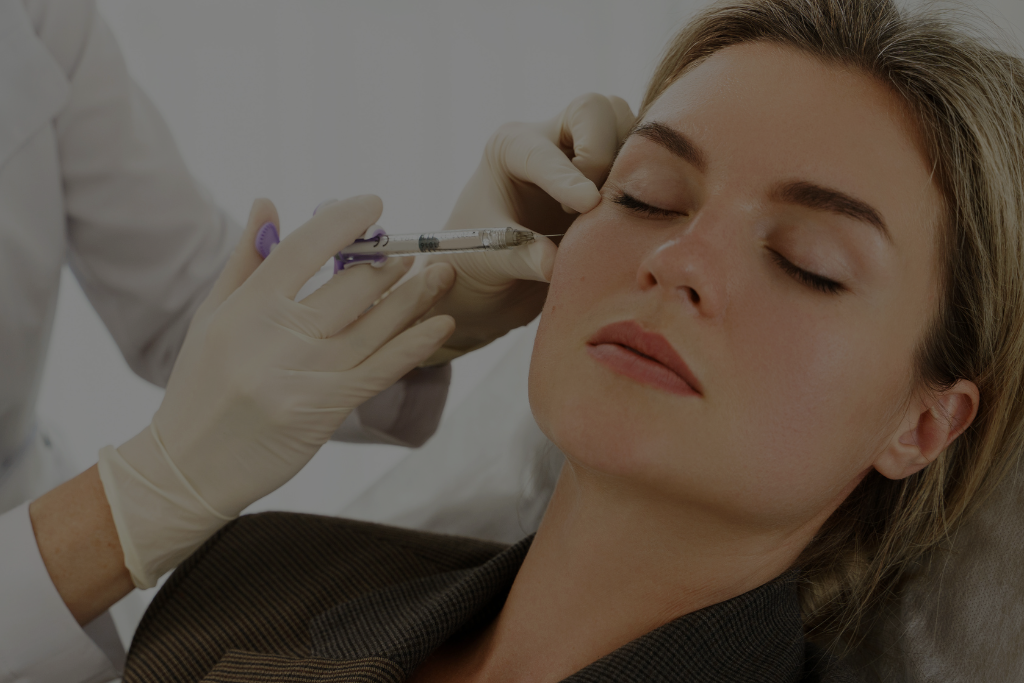
Common Types of Facial Fillers
Hyaluronic Acid Fillers
The most common filler type, hyaluronic acid fillers like Juvederm and Restylane, contain a gel form of hyaluronic acid—a natural substance found in the skin that maintains moisture and volume. These versatile fillers can be used for everything from subtle lip enhancement to filling deep nasolabial folds.
Calcium Hydroxylapatite Fillers
CaHA fillers (like Radiesse) contain tiny calcium hydroxyapatite microspheres suspended in a gel carrier. These fillers not only provide immediate volume but also stimulate natural collagen production for longer-lasting results.
Poly-L-lactic Acid Fillers
Poly-L-lactic acid fillers (such as Sculptra) work differently from other fillers. Rather than providing immediate volume, they gradually stimulate collagen production over several months, resulting in subtle, progressive improvements in skin quality and volume.
Autologous Fat Grafting
Fat injections involve harvesting fat from another part of the patient’s body, processing it, and injecting it into the face. This facial fat grafting technique provides natural-looking volume enhancement using the patient’s own tissues.
Areas Commonly Treated with Fillers
Facial fillers can address various concerns across the face, including:
- Nasolabial folds (smile lines)
- Marionette lines around the mouth
- Lip lines and lip volume enhancement
- Cheek augmentation
- Tear troughs to reduce under-eye hollows and dark circles
- Temples and other areas affected by volume loss
- Shallow contours and deep folds
- Correction of certain acne scars
Key Differences Between Botox and Fillers
Treating Different Types of Wrinkles
Dynamic Wrinkles vs. Static Wrinkles
Botox primarily targets dynamic wrinkles—those formed by repeated muscle movement during facial expressions. Examples include forehead lines when raising eyebrows or frown lines when concentrating.
Facial fillers, however, address static wrinkles—lines visible even when your face is at rest. These typically result from volume loss, sun damage, and the breakdown of collagen and elastin in connective tissues.
Composition and Mechanism
Neuromodulator vs. Volumizer
Botox is a neuromodulator that affects nerve signals to muscles, temporarily preventing muscle contractions that cause wrinkles.
Dermal fillers are volumizers made from various substances—from hyaluronic acid to calcium hydroxyapatite—that physically fill spaces beneath the skin to restore volume or enhance features.
Duration of Effects
Temporary vs. Longer-Lasting
Botox results typically last 3-4 months before muscle movement gradually returns. Treatment must be repeated to maintain results.
The longevity of dermal filler procedures varies widely based on the type of filler used, treatment area, and individual factors:
- Hyaluronic acid fillers: 6-18 months
- Calcium hydroxylapatite: 12-18 months
- Poly-L-lactic acid: up to 2 years
- Fat grafting: potentially permanent (though some reabsorption occurs)
Treatment Experience
Procedure Differences
Botox injections are typically quick, taking just 10-15 minutes with minimal discomfort. Results develop gradually over 7-14 days as the product takes effect.
Dermal filler treatments may take longer (30-60 minutes), often require topical anesthetic, and provide immediate visible results, though some initial swelling may occur.
Reversibility
Temporary vs. Dissolvable
Botox effects cannot be reversed—you must wait for the product to naturally wear off if you’re unhappy with results.
Hyaluronic acid fillers can be dissolved with an enzyme called hyaluronidase if necessary, offering a safety advantage and making them ideal for first-time filler patients.
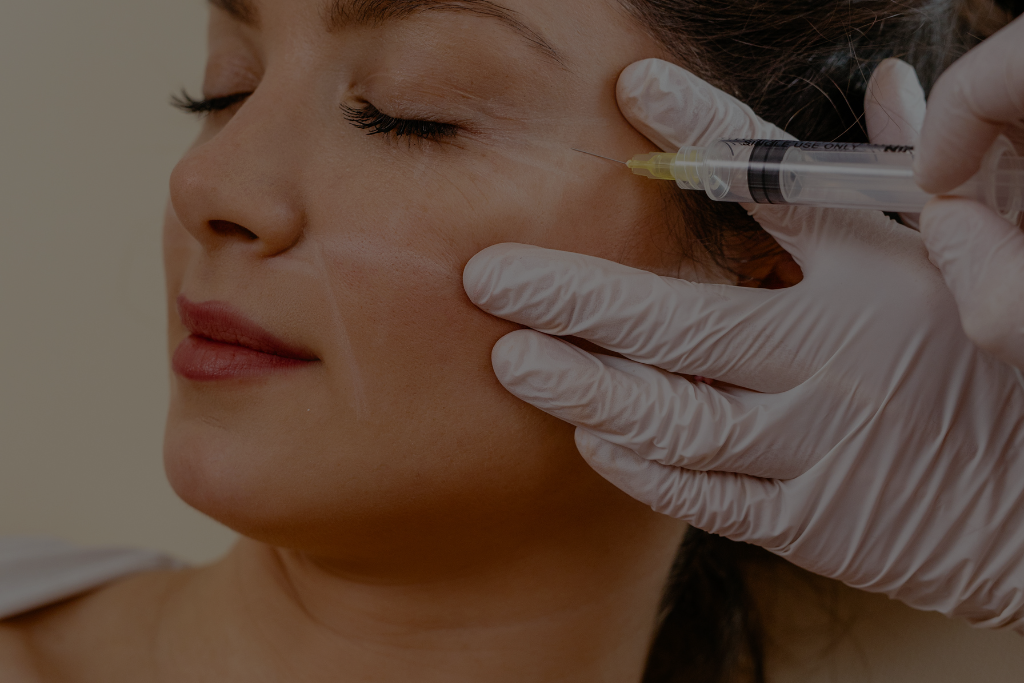
Potential Complications and Side Effects
Botox Side Effects
Common Side Effects
Most Botox side effects are mild and temporary:
- Bruising at injection sites
- Slight pain or swelling
- Headache
- Temporary facial asymmetry
Rare Complications
Though uncommon, more serious adverse events can occur:
- Ptosis (drooping eyelid)
- Difficulty swallowing (if migration occurs)
- Flu-like symptoms
- Allergic reactions
Filler Complications
Common Side Effects
Typical side effects following filler injections include:
- Bruising and swelling
- Tenderness at injection sites
- Redness
- Temporary lumpiness
Serious Complications
Though rare with qualified professionals, serious complications can include:
- Vascular occlusion (blocking a blood vessel)
- Skin necrosis (death of skin cells)
- Infection
- Nodule or granuloma formation
- Migration of filler material
Choosing Between Botox and Fillers
Assessment Factors
Skin Type and Condition
Your skin type, degree of sun damage, and existing skin conditions will influence which treatment is most appropriate for your concerns.
Type of Wrinkles
Understanding whether your wrinkles are dynamic (from muscle movement) or static (from volume loss) helps determine the appropriate treatment.
Age-Related Concerns
Younger patients often benefit more from Botox for prevention, while older patients might need both Botox and fillers to address multiple signs of aging.
Combining Treatments
The Liquid Facelift
Many patients achieve optimal results with a combination approach—Botox for upper face dynamic wrinkles and fillers for midface volume restoration and lower face lines. This comprehensive approach, sometimes called a “liquid facelift,” addresses multiple aspects of facial aging simultaneously.
Layered Approaches
Strategic use of different filler materials at varying depths can create natural-looking results that address both superficial lines and deeper structural support needs.
Making an Informed Decision
Importance of Consultation
A thorough initial treatment consultation with a qualified provider is essential before undergoing any injectable treatment. During this appointment, your provider should:
- Assess your facial anatomy
- Discuss your aesthetic goals
- Explain treatment options
- Review potential side effects
- Create a customized treatment plan
Managing Expectations
Realistic Outcomes
Understanding what Botox and fillers can and cannot achieve is crucial for satisfaction. Neither treatment can deliver the same results as a surgical procedure like a facelift, but they can significantly improve appearance with minimal downtime.
Maintenance Requirements
Both treatments require ongoing maintenance, though on different schedules. Discussing the long-term commitment and cost is an important part of the decision-making process.
Safety Considerations
Provider Qualifications
The safety of both Botox and filler injections depends significantly on the provider’s expertise. Treatment should only be performed by:
- Board-certified dermatologists
- Plastic surgeons
- Licensed health care providers with specialized training
- Medical professionals with detailed knowledge of facial anatomy
Pre-Treatment Precautions
Certain precautions should be taken before both treatments:
- Avoiding blood thinners and certain supplements
- Disclosing medical conditions and medications
- Following specific provider instructions
- Avoiding alcohol before treatment
Why Choose Beauty Aesthetics, Toronto
Expert Team of Professionals
At Beauty Aesthetics, our injectable treatments are performed exclusively by board-certified doctors and medical professionals with specific training in facial anatomy and injection techniques. This expertise minimizes risks and optimizes results.
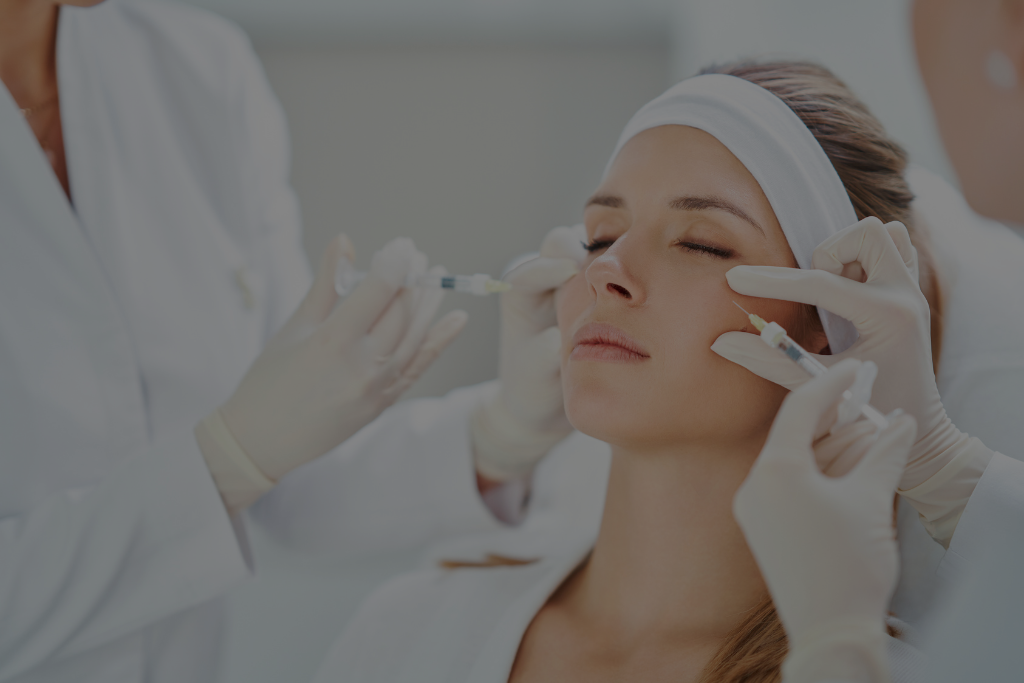
Customized Treatment Approach
We don’t believe in one-size-fits-all solutions. Our approach begins with a complimentary consultation to thoroughly understand your goals, analyze your facial structure, and develop a personalized treatment plan that may include Botox, fillers, or a strategic combination.
Safety Protocols
Our clinic adheres to the highest safety standards in the industry. We use only FDA-approved products, maintain strict sterilization protocols, and have emergency procedures in place to manage any potential complications.
Natural-Looking Results
We pride ourselves on delivering results that enhance your natural beauty rather than creating an overdone or artificial appearance. Our techniques focus on balance and harmony, preserving natural facial expressions while reducing signs of aging.
Comprehensive Care
From consultation to completion and beyond, our team provides comprehensive care including detailed aftercare instructions, follow-up appointments, and ongoing support to ensure optimal, long-lasting results.
Advanced Techniques
Our providers stay current with the latest advancements in injectable treatments, including cannulas for filler injection to minimize bruising and reduce complication rates, and advanced layering techniques for natural results.
Conclusion
Both Botox and facial fillers serve as effective treatments in the world of non-surgical facial rejuvenation, but they work in fundamentally different ways to address distinct aspects of aging. Botox relaxes dynamic facial muscles to smooth expression lines, while dermal fillers restore lost volume and enhance contours. Many patients achieve optimal results by strategically combining both treatments to address multiple concerns simultaneously. At Beauty Aesthetics, Toronto, we pride ourselves on our detailed knowledge of facial anatomy, advanced injection techniques, and personalized approach to each patient’s unique needs. By understanding the distinct benefits and limitations of each treatment option, you can make an informed decision about which injectable—or combination—will best help you achieve your aesthetic goals. Remember that the provider’s expertise is as important as the product itself, making it essential to choose experienced health care providers for safe, natural-looking, and satisfying results.
